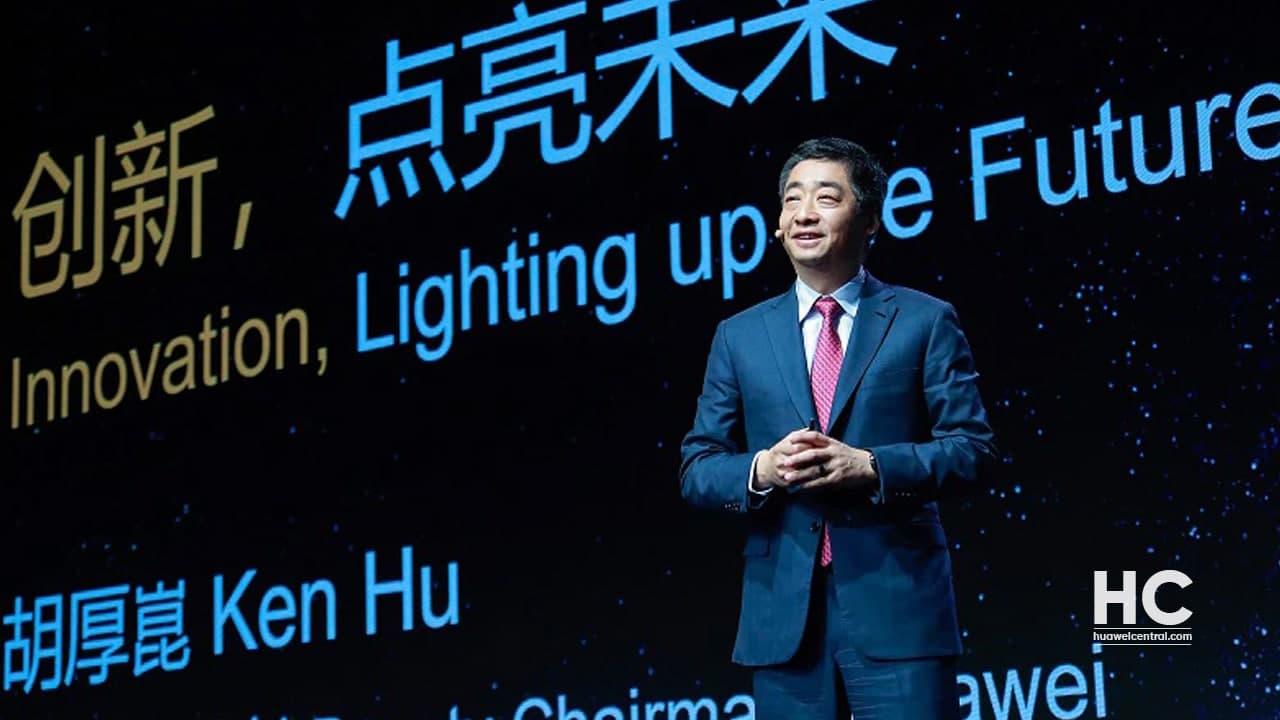News
Huawei’s business growth in 2020 met expectations, signed over 1000 5G contracts and worked with 300 networks

At MWC Shanghai 2021, Huawei’s Deputy Chairman, Ken Hu spoke about the impact of the COVID-19 on the market and people around the world as well as the technologies that play a key role in fighting the pandemic.
“Innovation isn’t just about solving the challenges we face today,” said Hu. “It’s about lighting up tomorrow. Once we get the pandemic under control, we need to think hard about how we can innovate to improve quality of life, make businesses smarter, and create a more inclusive world.” He explained that, while unequal access to digital technology and digital skills has widened the digital divide, the pandemic has made the situation significantly worse. “We have to focus innovation on bridging the gap between the haves and have-nots, and on driving digital inclusion”.
Ken Hu said the world’s largest telecom equipment maker and China’s biggest smartphone vendor recorded “slight” growth on the back of continuous support from business partners amid the U.S. entity list restrictions.
“The past year was, indeed, very difficult [for Huawei], [but] I think it is the same for everyone. Huawei is no exception,” said Hu, without elaborating on the company’s financial performance last year. He indicated that operations last year were “stable” and met the company’s expectations.
“Innovation isn’t just about solving the challenges we face today,” Hu said. “It’s about lighting up tomorrow. Once we get the pandemic under control, we need to think hard about how we can innovate to improve quality of life, make businesses smarter and create a more inclusive world.”
Huawei’s revenue reached $136.7 billion last year, up 11.2 percent from 2019, while profits grew 10.4 percent to $9.9 billion, according to an earlier report by Shanghai-based publication China Business News.
Hu also presented some of the latest figures on Huawei’s growth over the past year, Huawei has worked with carriers to ensure the stable operations of over 300 networks across 170 countries. In Indonesia, Huawei employed a new digital delivery technology to deeply over 50000 base stations.
Cyberverse:
Hu also showed the audience Huawei’s Cyberverse app, an advanced AR application that demonstrates how 5G networks, 5G devices, and AR technology can coverage to create a more immersive virtual experience, whether it be a real-life forest or a simulation in outer space.
The new app makes it possible to seamlessly integrate virtual and physical realities with high-precision, centimeter-level positioning capabilities, massive computing power, and high-bandwidth transmission through 5G. Huawei expects Cyberverse to create many new growth opportunities in multiple sectors, including education, entertainment, tourism, transportation, and navigation.
New Technologies for smart business:
Technologies such as like 5G, cloud, and AI have begun playing an important role in manufacturing, accelerating the transition to more intelligent and flexible operations. Hu explained how Huawei’s own Dongguan South Factory is currently using 5G networks with cloud-based AI applications in its 5G smartphone production lines to drive huge productivity gains.
The Chinese tech giant predicts that, by 2025, 97% of all large companies will use AI. Other estimates for 2025 include that 55% of China’s entire GDP will be driven by the digital economy, and 60% of global carrier revenue will be derived from industrial customers. Hu noted that to achieve these projections, “all industries should focus on improving their capabilities, building out the ecosystem, and creating value with digital technology.”
According to the company, Huawei is focusing on 5G technologies to help develop the digital transformation in all industries. Hu noted that Huawei’s innovation is focused on three areas: Technology, Products, and Applications.
- Technology: Huawei’s new 5G Super Uplink solution delivers unmatched uplink speeds, helping companies break through a major bottleneck in the industrial Internet.
- Products: Huawei’s fully converged 5G edge computing products have sped up the deployment of edge computing sites by a factor of 10.
- Applications: Huawei’s Wireless X Labs incubates 5G applications with partners across a wide range of domains like manufacturing, healthcare, finance, and transportation. With these partners, Huawei is exploring how 5G can help different industries go digital more effectively.
Hu reported that Huawei is collaborating with its partners and regional carriers and signed over 1000 contracts for industrial 5G applications in more than 20 industries.
Huawei currently plans to deploy more than 2,000 RuralStar base stations in remote regions around the country. This will help increase mobile coverage in Ghana from 83% to 95% and bring previously unconnected communities online for the first time.
Similarly, new AI services deployed on HUAWEI CLOUD are being used to help a small company in Malaysia double its production capacity without increasing headcount during the pandemic.
Hu also shared how 5G networks have been used to enable remote ultrasounds and CT scans that help address imbalanced distribution and shortages of medical resources.
“While the pandemic closed many doors, innovation has opened new windows of hope,” He said “Huawei will continue to pursue open partnerships with its customers and partners to help industries go digital and make life better, businesses smarter, and the world more inclusive,” Huawei added.
At MWC 2021, Huawei is showcasing seven new ICT network concepts, including Wireless 1+N, Home+, All-optical Bases, and Cloud-network Smart Connection, as well as nine new products and solutions, including, gigabit home broadband, private lines, and intelligent cloud network.







